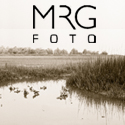|
|
Tempera Paints
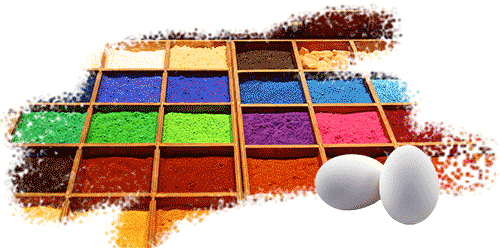
Tempera paint, often called egg tempera, consists of dried pigment mixed with a water soluable binder like egg yolks and other mixing agents. Artists have been using tempera paints since the 1st century AD. The medium was very popular up until the 16th century when oil paints became the medium of choice during the Renaissance.
Egg tempera is applied in thin glazes, or layers, and has a very translucent look. It is water soluable until dried, when it becomes hard and water resistent (but not waterproof) and the color stays pure. The paint must be painted on a hard surface or the paint would crack and chip off when dried.
Fresco painters in the Renaissance used a form of egg tempera on wet plaster walls. Once the frescoes dried, the paint became permanent because of a chemical reaction with the drying plaster.
The tempera paint that students use in school (often called poster paint) is actually a form of gouache, with low quality pigments mixed with glue. It is preferred for children because it is not permanent and can be washed out of clothing.
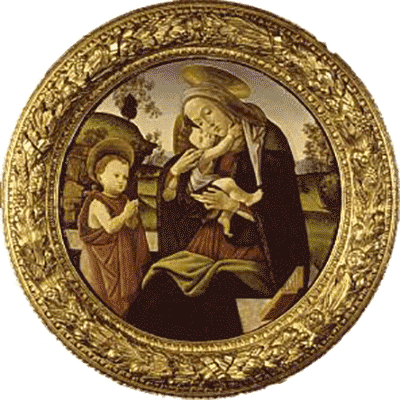
Sandro Botticelli; Virgin and Child with the Infant St. John the Baptist; tempera on panel; between 1490 and 1500
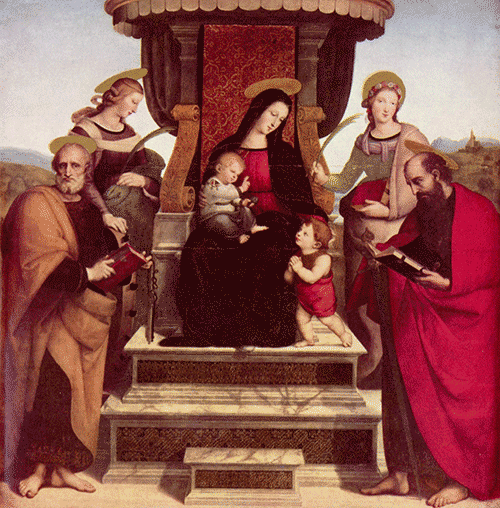
Raffael; Colonna-Altar, Haupttafel, Szene: Thronende Maria mit Christuskind; tempera on panel; 1503-1505
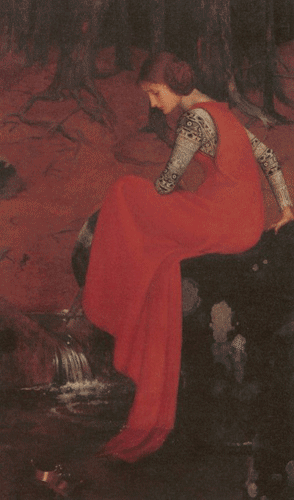
Marianne Stokes; Melisande; tempera on canvas; 1895
The above images are in the public domain.
Some sites with information about tempera paint:
Italian Renaissance Art: Egg Tempera
Princeton: Tempera
Making Egg Tempera Paints
Paintmaking
A Closer Look At da Vinci's Last Supper
How to Make Medieval Egg Tempera - YouTube
Some artists of the past who worked with tempera:
Giotto di Bondone
Duccio di Buoninsegna
Melchior Broederlam
Cimabue
Some contemporary artists who use tempera:
ASBA Botanical Paintings
Bertil Hansson
Fred Wessel
Gigi Boyle
Koo Shadler
The Society of Tempera Painters

